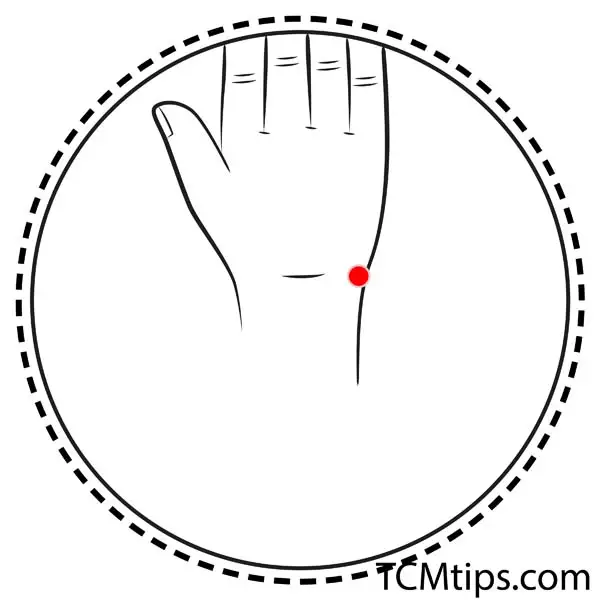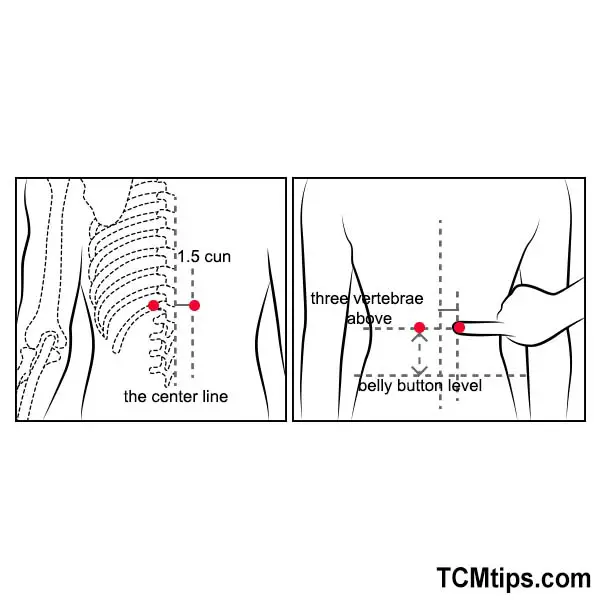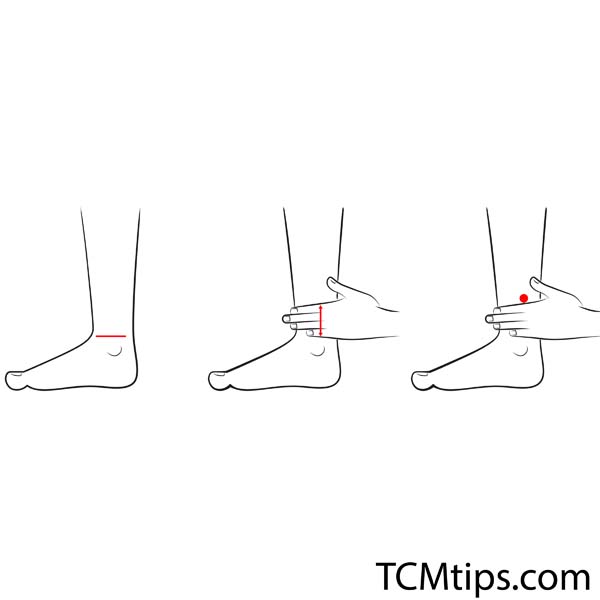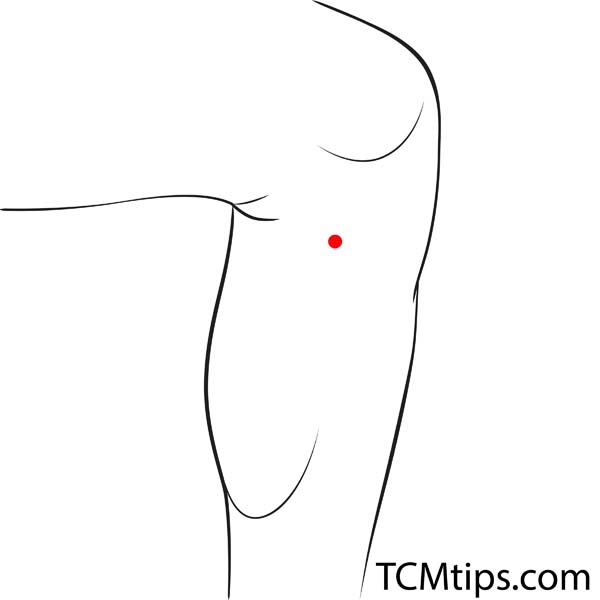Unlocking Pancreatic Health: Effective Acupressure Points for Insulin Regulation
The pancreas is a vital organ that plays a crucial role in the body’s digestive and endocrine systems. It produces enzymes that aid in digestion and hormones like insulin that regulate blood sugar levels. Insulin is essential for converting glucose into energy, and its proper function is critical for maintaining healthy blood sugar levels.
In Traditional Chinese Medicine (TCM), the pancreas is closely related to the spleen and is considered part of the body’s energy and metabolism management system. TCM practitioners believe that imbalances in the spleen and pancreas can lead to issues with glucose metabolism and overall energy levels.
Acupressure, a non-invasive therapy used in TCM, involves applying pressure to specific points on the body to promote healing and balance. It can be a beneficial practice for supporting pancreatic health and regulating insulin levels. By stimulating these acupoints, individuals may enhance their body’s natural ability to manage blood sugar and improve overall wellness.
Recommended Acupressure Points for Insulin Regulation and Pancreas Health
Acupressure can be an effective way to support insulin regulation and overall pancreatic health. By applying pressure to specific points on the body, you can stimulate energy flow and enhance the body’s natural healing processes. Here are some key acupressure points recommended for these purposes, as advised by Ms. Mai Sogawa, a certified Traditional Chinese Medicine (TCM) therapist:
Acupressure Point for Insulin Regulation
SI4 (Wangu)

- Location: SI4 is located on the lateral side of the forearm, in a depression near the wrist on the side of the little finger.
- How to Find It: Slide your finger along the side of your forearm towards the wrist until you find a small depression near the base of the little finger.
- Benefits: Stimulating SI4 can facilitate glucose metabolism, helping to regulate blood sugar levels.
Acupressure Points Related to Spleen and Pancreas Health
In TCM, the spleen is closely related to the pancreas. The following acupressure points are beneficial for overall spleen and pancreatic health:
BL20 (Pishu)

- Location: BL20 is found two fingers width lateral to the spine, at the height of the elbow when you make a fist and place it against your back.
- How to Find It: Make a fist and place it against your back. Measure two fingers width lateral to the spine at the height of your elbow to locate BL20.
- Benefits: Stimulating this point can help balance the energy flow to the spleen and pancreas, supporting their function and improving insulin regulation.
SP6 (Sanyinjiao)

- Location: SP6 is located four fingers width above the inner ankle.
- How to Find It: Measure four fingers width up from the highest point of your inner ankle bone to locate SP6.
- Benefits: This point is linked to the spleen, liver, and kidney meridians in TCM. Stimulating SP6 can enhance the overall function of these organs, promoting better glucose metabolism and insulin regulation.
SP9 (Yinlingquan)

- Location: SP9 is found by sliding your fingers along the bone on the inside of the calf towards the knee until you reach a stopping point.
- How to Find It: Follow the inner side of your calf bone upwards until your fingers naturally stop just below the knee.
- Benefits: SP9 is another point associated with the spleen in TCM. Stimulating this point can help in balancing the spleen’s energy and improving pancreatic function.
Auricular Acupressure Points for Pancreas Health
Auricular acupressure, also known as ear acupressure, is a technique that involves stimulating specific points on the ear to promote healing and balance in different parts of the body. This method is particularly beneficial for targeting internal organs, including the pancreas. Here are the key auricular acupressure points for pancreas health, as recommended by Ms. Mai Sogawa:

No.57: Endocrine
- Location: The Endocrine point is located on the ear. It can be found in the area corresponding to the endocrine system on an auricular acupuncture chart.
- How to Find It: Use an auricular acupuncture chart to locate the specific area for the endocrine system. This point is typically found near the center of the ear.
- Benefits: Stimulating the Endocrine point can help regulate the body’s hormonal balance, including insulin levels, supporting overall endocrine health.
No.13: Pancreas and Gallbladder
- Location: The Pancreas and Gallbladder point is located on the ear. It can be found in the area corresponding to the pancreas and gallbladder on an auricular acupuncture chart.
- How to Find It: Refer to an auricular acupuncture chart to locate the specific area for the pancreas and gallbladder. This point is typically found near the lower part of the ear.
- Benefits: Stimulating the Pancreas and Gallbladder point can support the health and function of these organs, aiding in the regulation of insulin and improving digestive processes.
How to Use Ear Seeds for Pancreas and Insulin Levels
Ear seeds are small seeds, beads, or pellets that are placed on specific points of the ear to stimulate acupressure points continuously. They are a non-invasive, easy-to-use method for applying auricular acupressure. Here’s a step-by-step guide on how to use ear seeds for supporting pancreas health and insulin regulation:
Step-by-Step Guide
- Prepare Your Materials
- Ear Seeds: You can use traditional ear seeds (often made from the Vaccaria plant), metal beads, or pellets.
- Tweezers: To help place the ear seeds accurately.
- Ear Chart: An auricular acupuncture chart to locate the precise points.
- Clean Your Ears
- Use an alcohol swab or a mild cleanser to clean the surface of your ears. This ensures that the ear seeds adhere properly and prevents any infection.
- Locate the Acupressure Points
- Refer to the auricular acupuncture chart to find the points for the Endocrine (No.57) and Pancreas and Gallbladder (No.13). These points are crucial for supporting pancreas health and regulating insulin levels.
- Apply the Ear Seeds
- Use the tweezers to carefully pick up an ear seed.
- Place the ear seed on the Endocrine point (No.57) and gently press it down to ensure it sticks.
- Repeat the process for the Pancreas and Gallbladder point (No.13).
- Make sure the ear seeds are securely in place but not causing discomfort.
- Apply Gentle Pressure
- After placing the ear seeds, apply gentle pressure to each seed for about 30 seconds. This stimulates the acupressure points.
- You can do this several times a day to enhance the benefits.
- Replace the Ear Seeds
- Leave the ear seeds in place for 3-5 days. If they start to lose adhesion or cause irritation, remove them and apply new ones.
- Clean your ears again before applying new ear seeds.
Tips for Effective Use
- Consistency: Regular application and stimulation of ear seeds can lead to better results.
- Hydration: Drink plenty of water to support the detoxification and healing processes.
- Relaxation: Use relaxation techniques like deep breathing or meditation to enhance the effects of ear seeds.
Using ear seeds is a simple yet powerful method to support pancreas health and regulate insulin levels. However, it’s important to consult with a TCM practitioner to ensure proper placement and usage.
Conclusion
Incorporating acupressure into your wellness routine can be a valuable tool for supporting pancreatic health and regulating insulin levels. By targeting specific acupressure points on the body and ears, you can stimulate energy flow and enhance the body’s natural healing processes. The acupressure points SI4 (Wangu), BL20 (Pishu), SP6 (Sanyinjiao), and SP9 (Yinlingquan) are particularly beneficial for glucose metabolism and overall spleen and pancreatic health.
Auricular acupressure points, such as the Endocrine point (No.57) and the Pancreas and Gallbladder point (No.13), provide additional support for the endocrine system and pancreas. Using ear seeds on these points can offer continuous stimulation, promoting better insulin regulation and pancreatic function.
Remember, while acupressure can be a helpful complementary therapy, it is essential to consult with a qualified Traditional Chinese Medicine (TCM) practitioner for personalized advice and treatment. Combining acupressure with other healthy lifestyle practices, such as a balanced diet and regular exercise, can lead to improved overall health and well-being.
By embracing these holistic approaches, you can take proactive steps towards better managing your insulin levels and supporting your pancreatic health naturally.
 P. Sze
P. Sze 


















